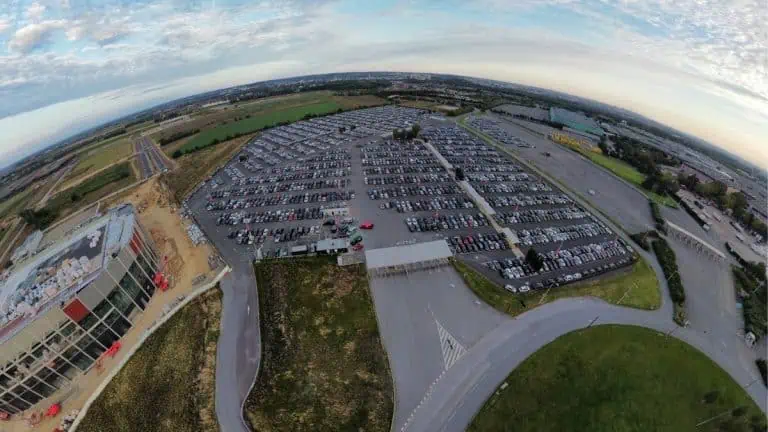Why take your computer out for airport checks?
Since the attacks of 11 September 2001, security measures at airports around the world have been considerably tightened. One of the most common procedures during security checks is to remove your laptop from your bag. But why is this necessary? We explore the reasons behind this security measure and how new technologies are trying to make the process more efficient.
Why take out your laptop
Airport security checks are designed to ensure the safety of all passengers. Understanding why it is necessary to remove laptops from their bags is essential to understanding these measures.
The limitations of traditional scanners
The scanners used in most airports create 2D images of baggage. Laptops, because of their dense components such as batteries and hard disks, can prevent the rest of the bag from being properly inspected. This means that potentially dangerous objects could be hidden under or inside these devices, making it necessary to remove them for separate inspection.
Safety first and foremost
By asking passengers to take out their laptops, security officers can get a clear picture of the internal components of these devices. This ensures that no dangerous objects are hidden inside, while facilitating a more detailed inspection of the rest of the baggage. This measure helps to maintain a high level of security for all flights.
Other electronic devices
This rule does not just apply to laptops. Other electronic devices, such as tablets, phones and cameras, must also be removed from bags. All these devices may contain batteries and other dense components that make it difficult to inspect them accurately when left in baggage.
Technological developments: towards simpler controls
The aviation industry continues to innovate to improve safety processes while making the passenger experience more seamless.
Introduction of CT Scanners
CT Scanners, or tomographic coherence tomographs, represent a major advance in airport security. These devices can scan bags and their contents without the need to extract electronic items. By generating 3D images, they offer a detailed, rotating view of baggage contents, making it easier to detect dangerous objects.

Reduced physical contact
As well as improving the efficiency of screening, CT Scanners reduce physical contact between passengers and security staff. This is particularly beneficial in the post-pandemic context, where reducing physical contact has become a priority for health reasons.
Gradual adoption of new technologies
Some airports have already adopted these advanced technologies. For example, Orly airport in Paris deployed CT Scanners in October 2022, followed by Roissy Charles de Gaulle airport in 2023. Schiphol airport in Amsterdam and Eindhoven airport in the Netherlands are also using these scanners, with other European airports such as Madrid and Barcelona planning to adopt them in 2024.
Preparing for a stress-free trip to the airport
Air travel can be stressful, but good preparation can help to minimise that stress.
Verification of security policies
It is advisable to check the security policies of your departure airport before travelling. Each airport may have slightly different rules regarding baggage screening and items allowed on board.
Luggage organisation
Organising your baggage so that electronic items are easily accessible can facilitate and speed up the screening process. Allowing extra time for security checks can also help reduce stress.
Reserve your car park in advance
Don't wait until the last minute and think about reserve your parking space in advance. Our Class'Park car park, located just a few minutes from Roissy airport by free shuttle bus, offers you a warm and professional welcome.
Early arrival
Arriving at the airport well before your scheduled departure time means you can deal with unforeseen circumstances and get through security without rushing. Check your airline's check-in and boarding times to plan your arrival accordingly.
Taking your laptop out for security checks at the airport is an essential measure to ensure flight security. Although it may seem tedious, these procedures are in place for our protection. Fortunately, technological innovations like CT Scanners promise to simplify this process in the future, making air travel safer and more efficient for everyone.







